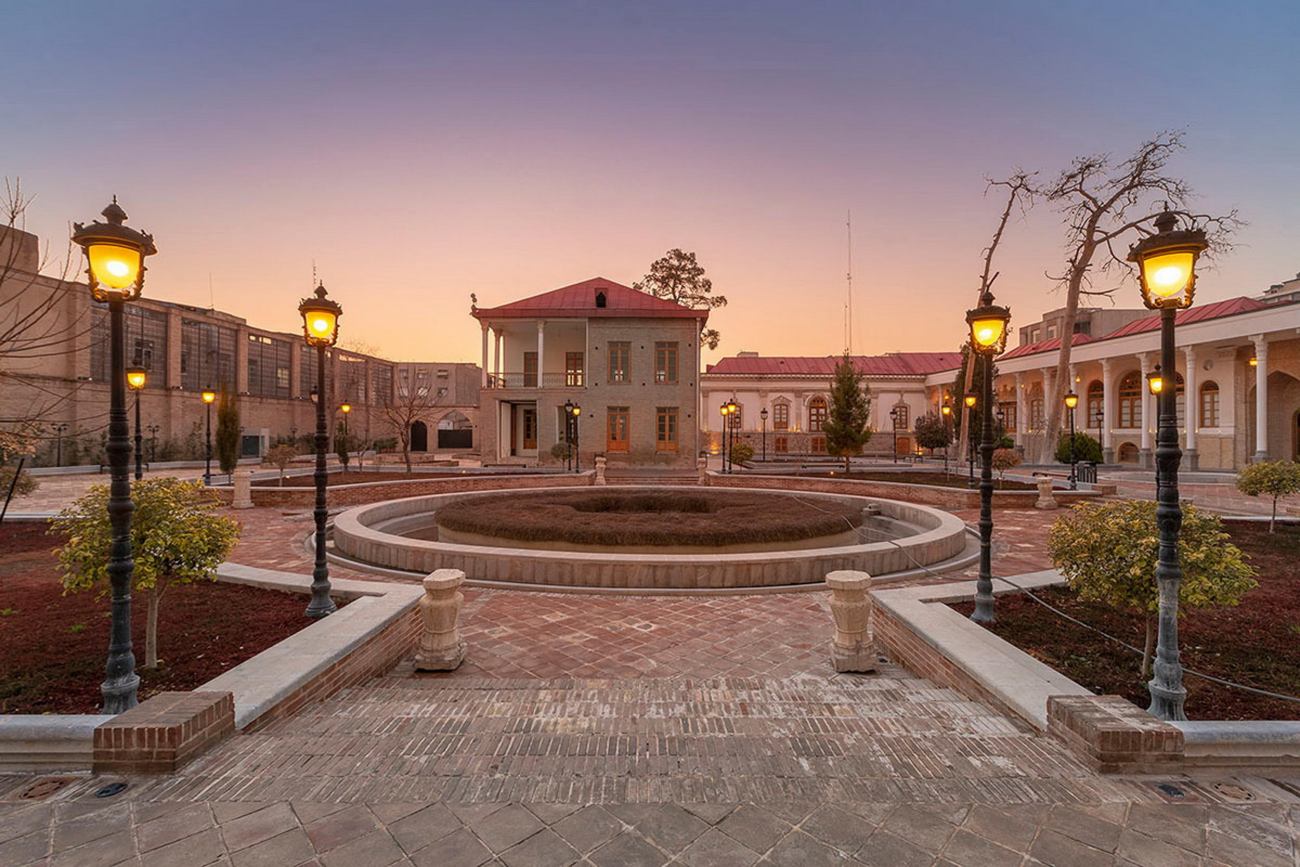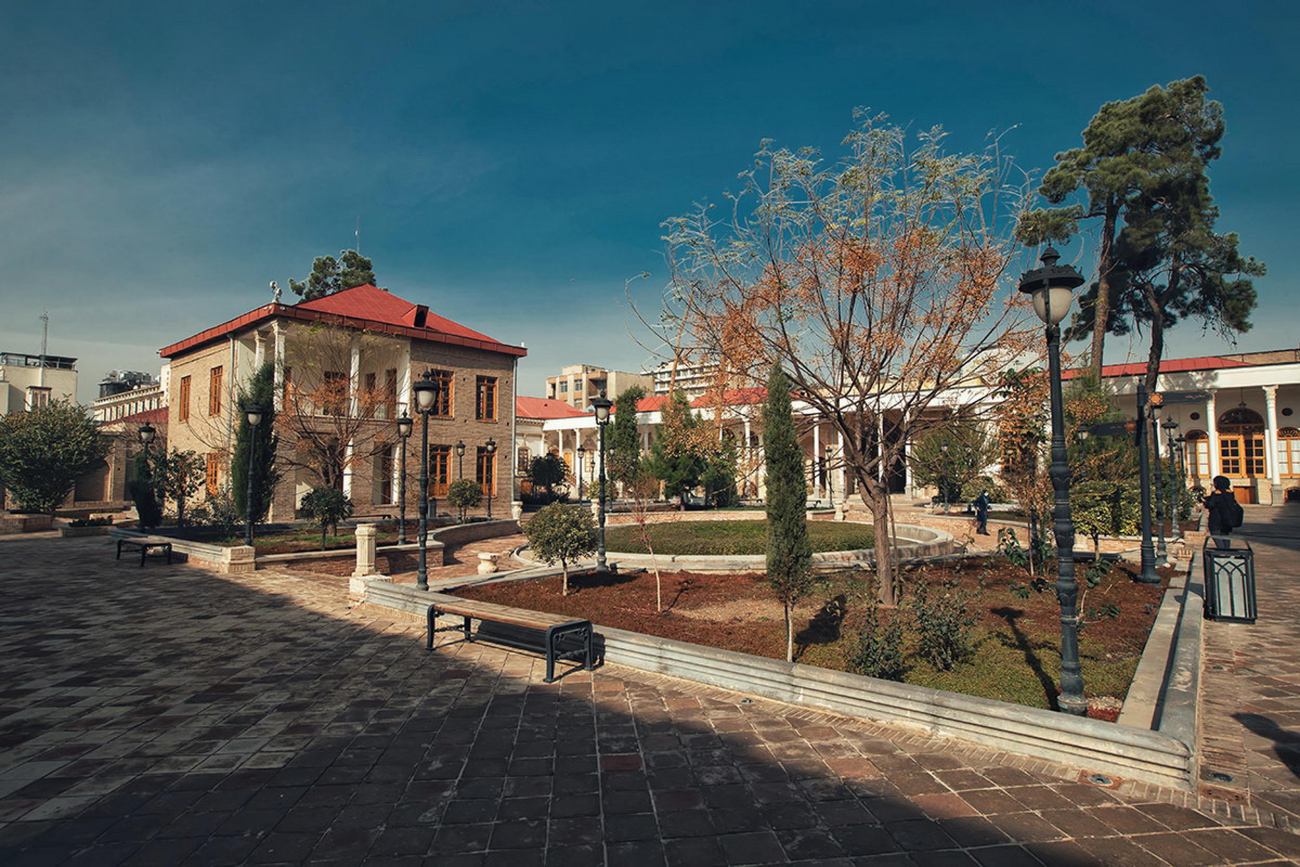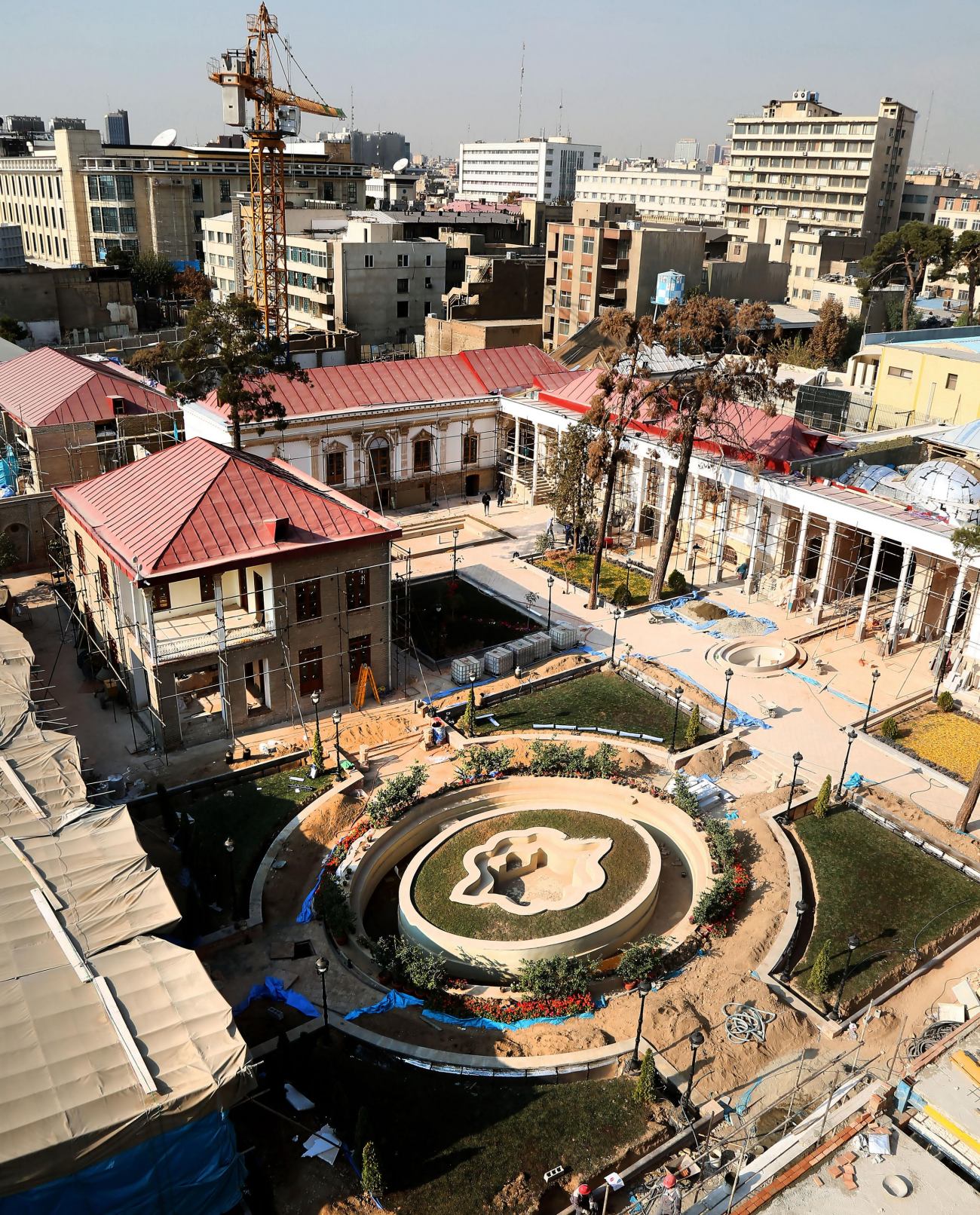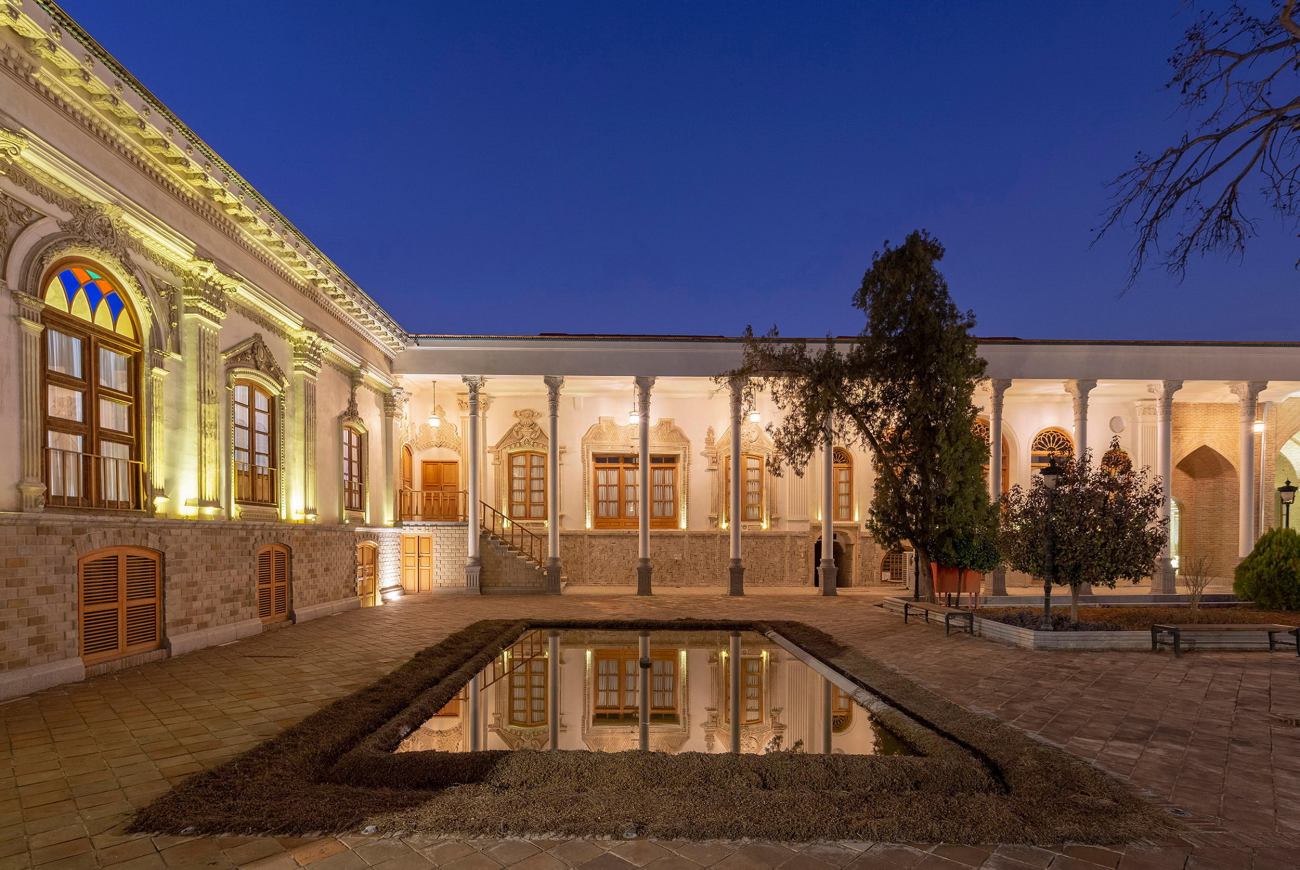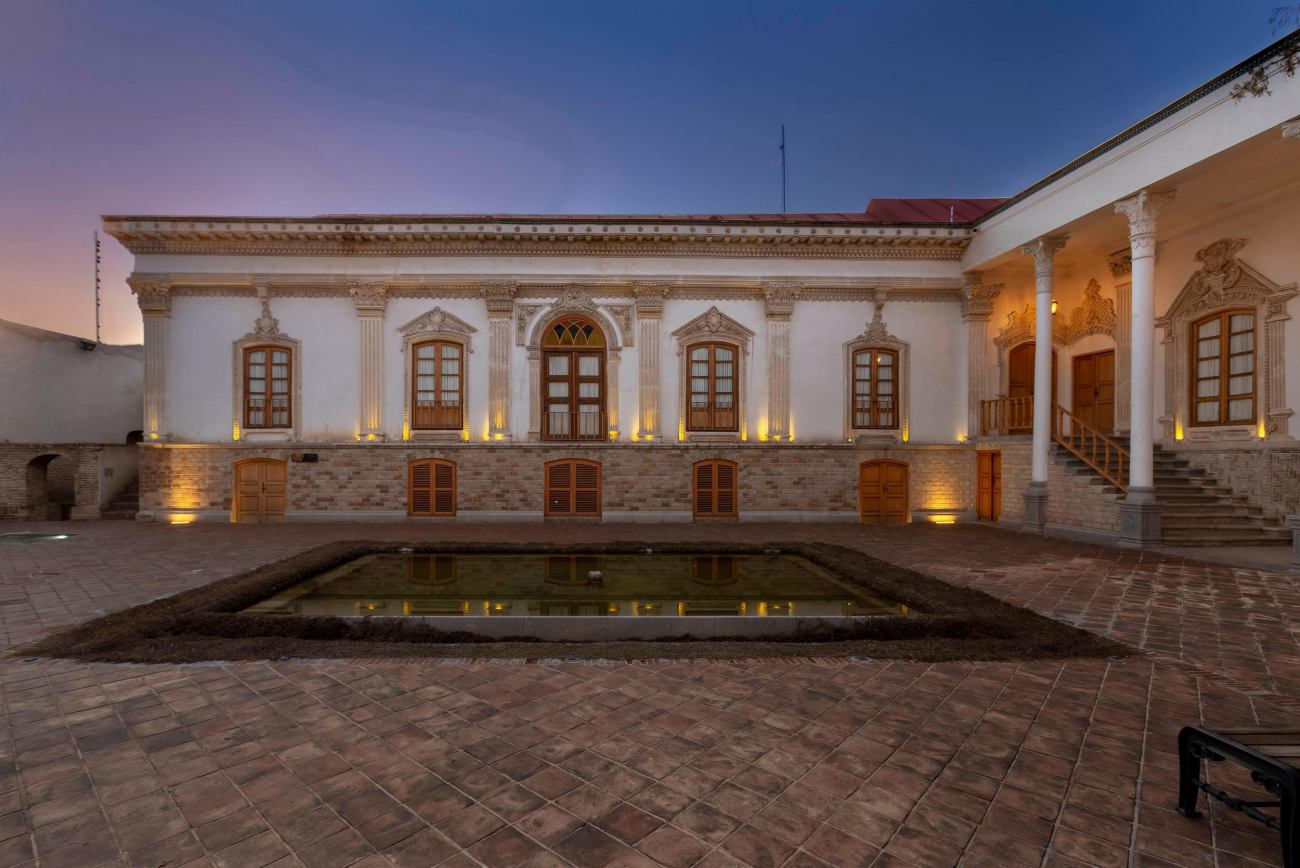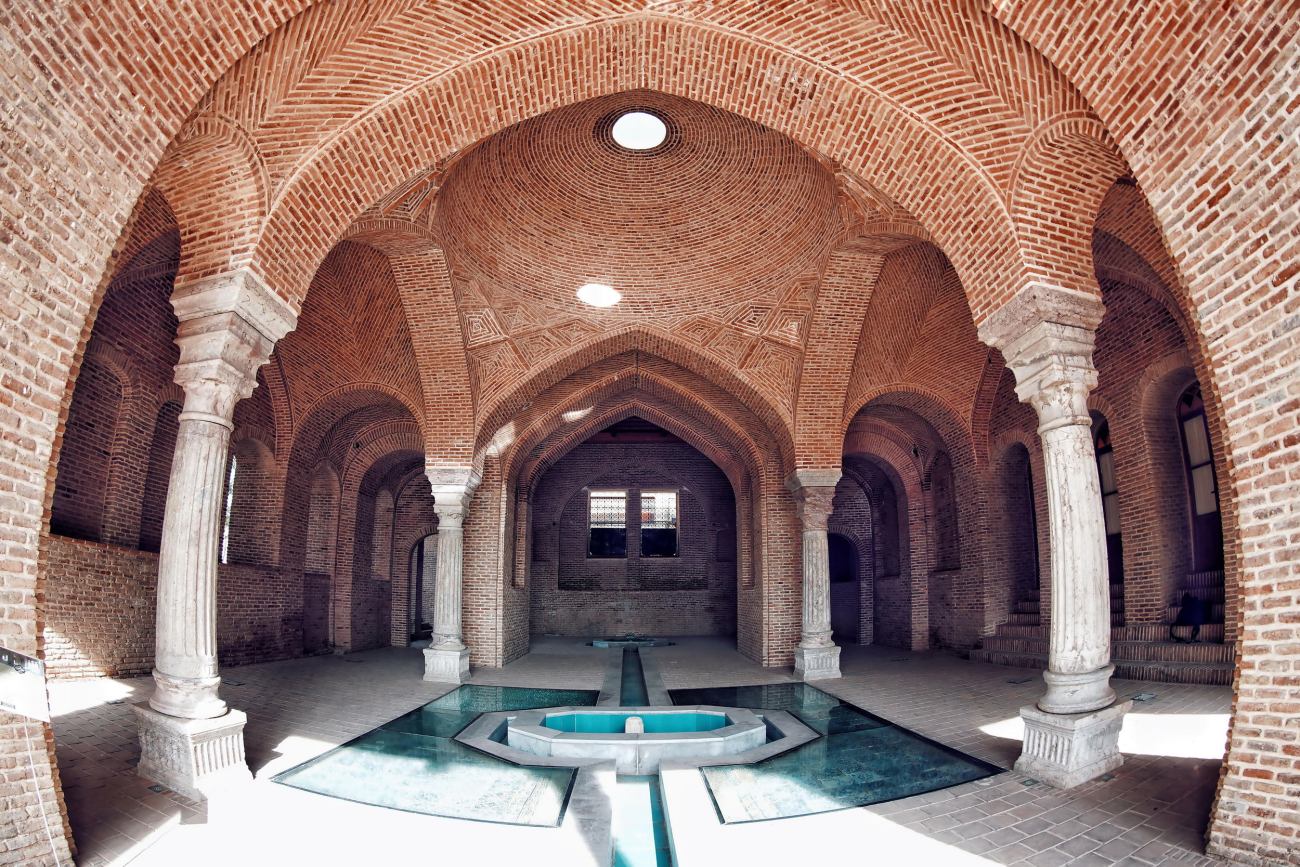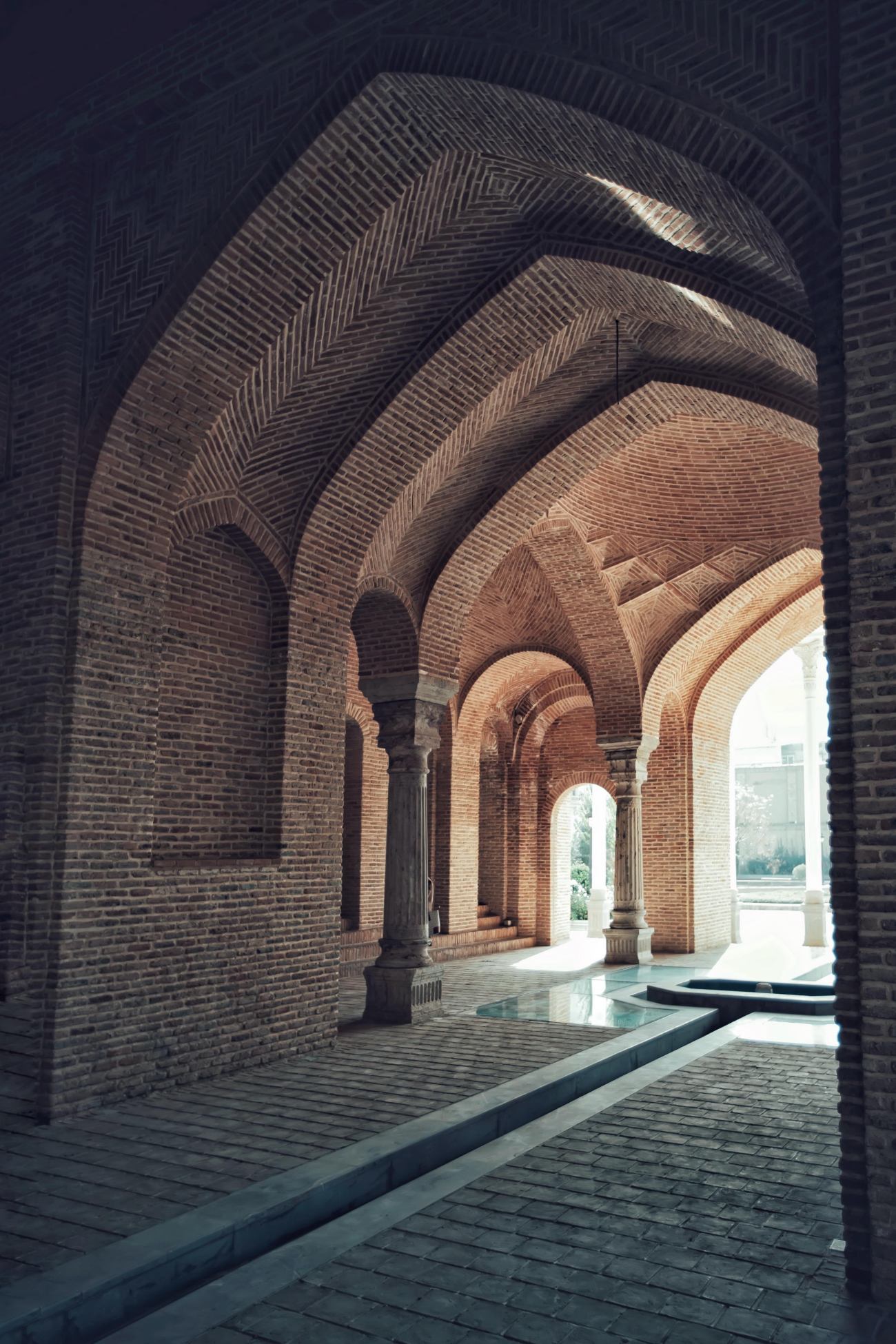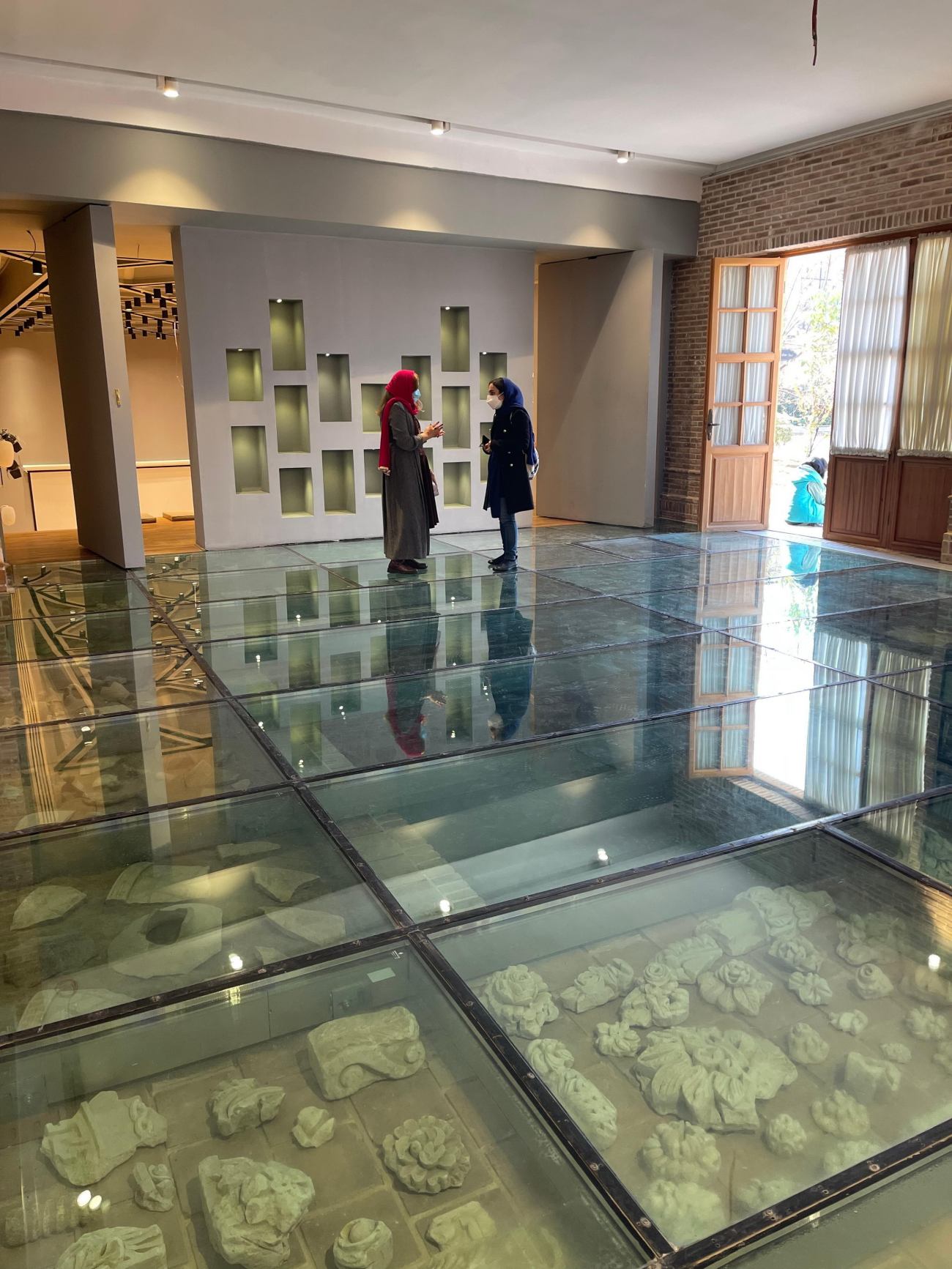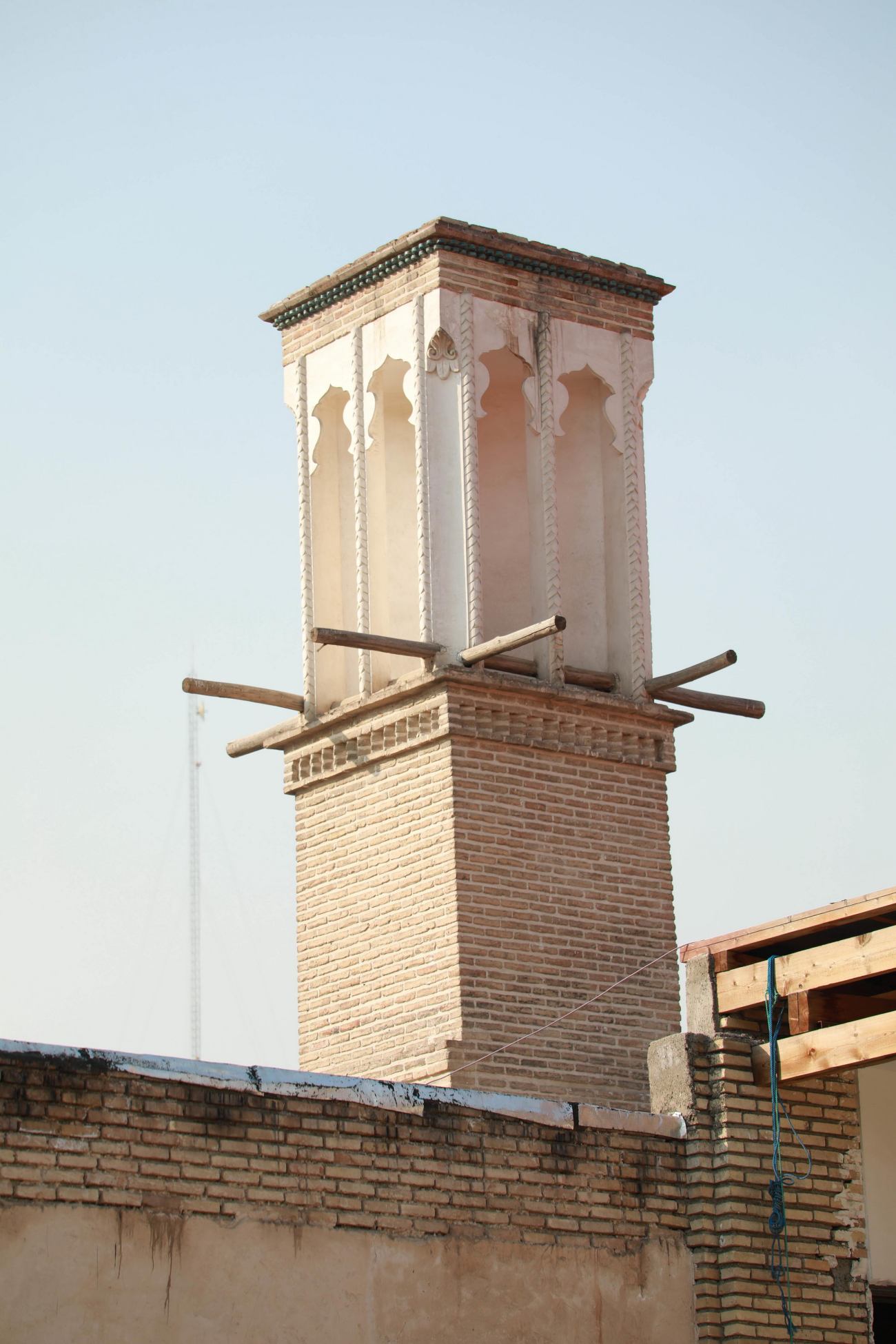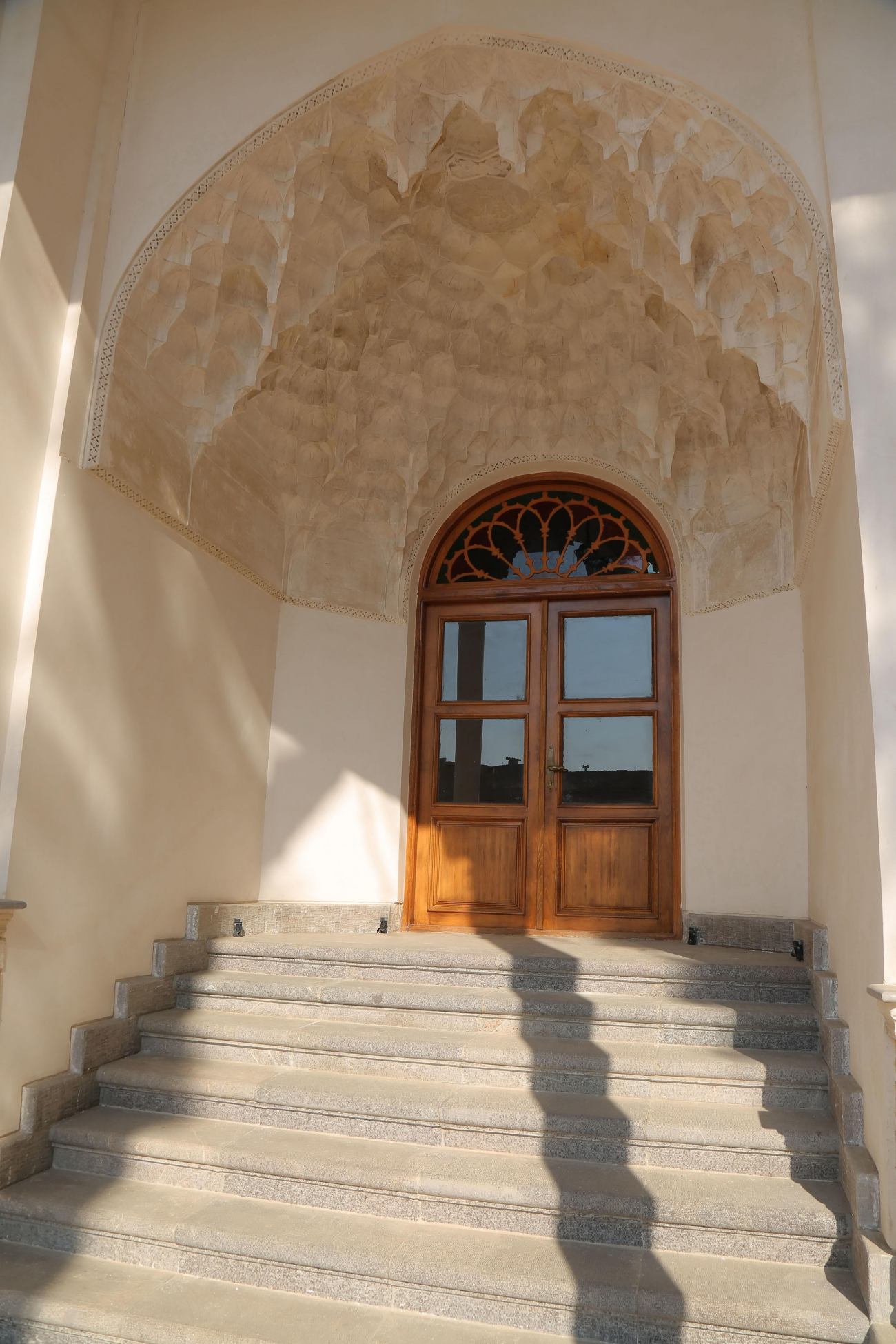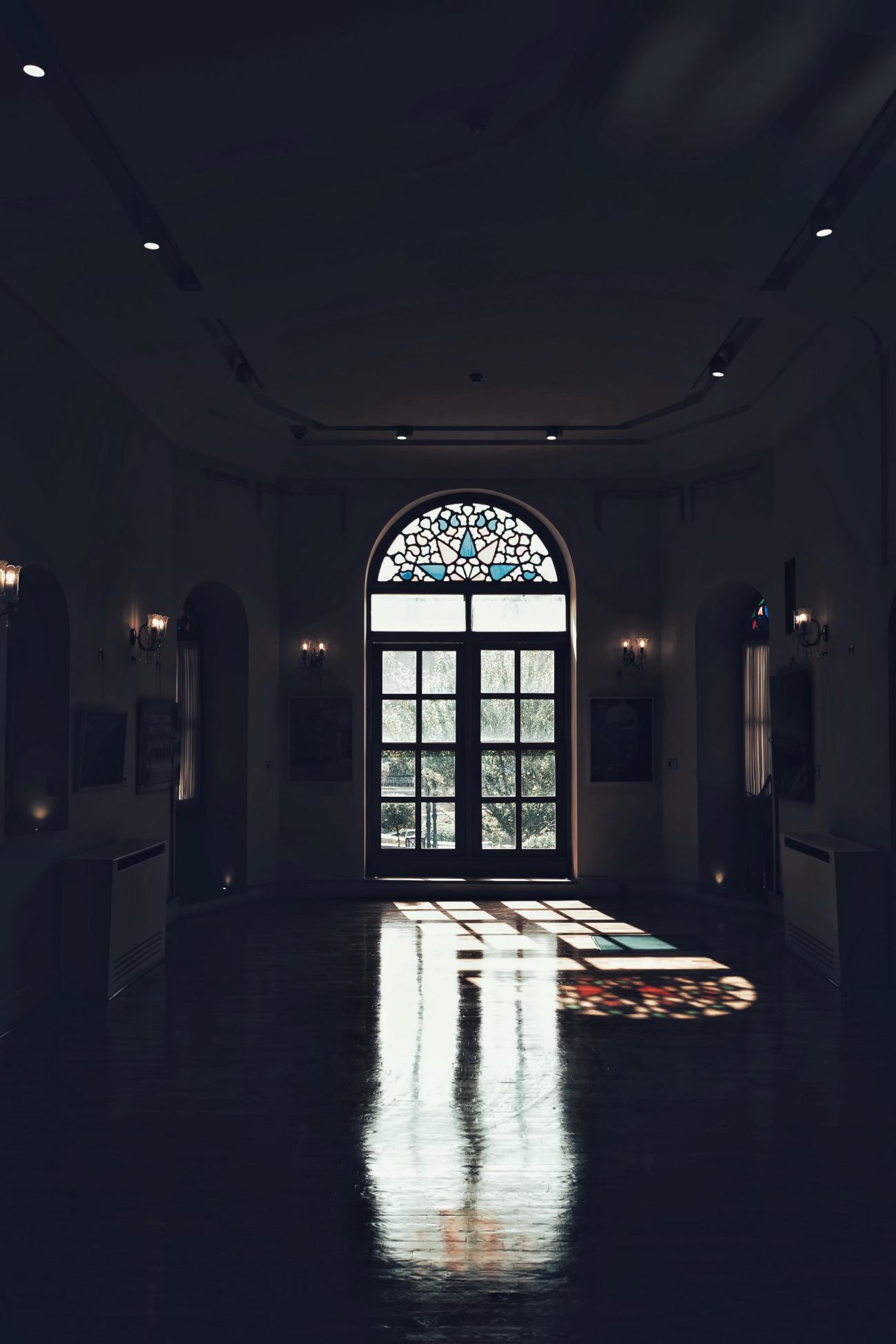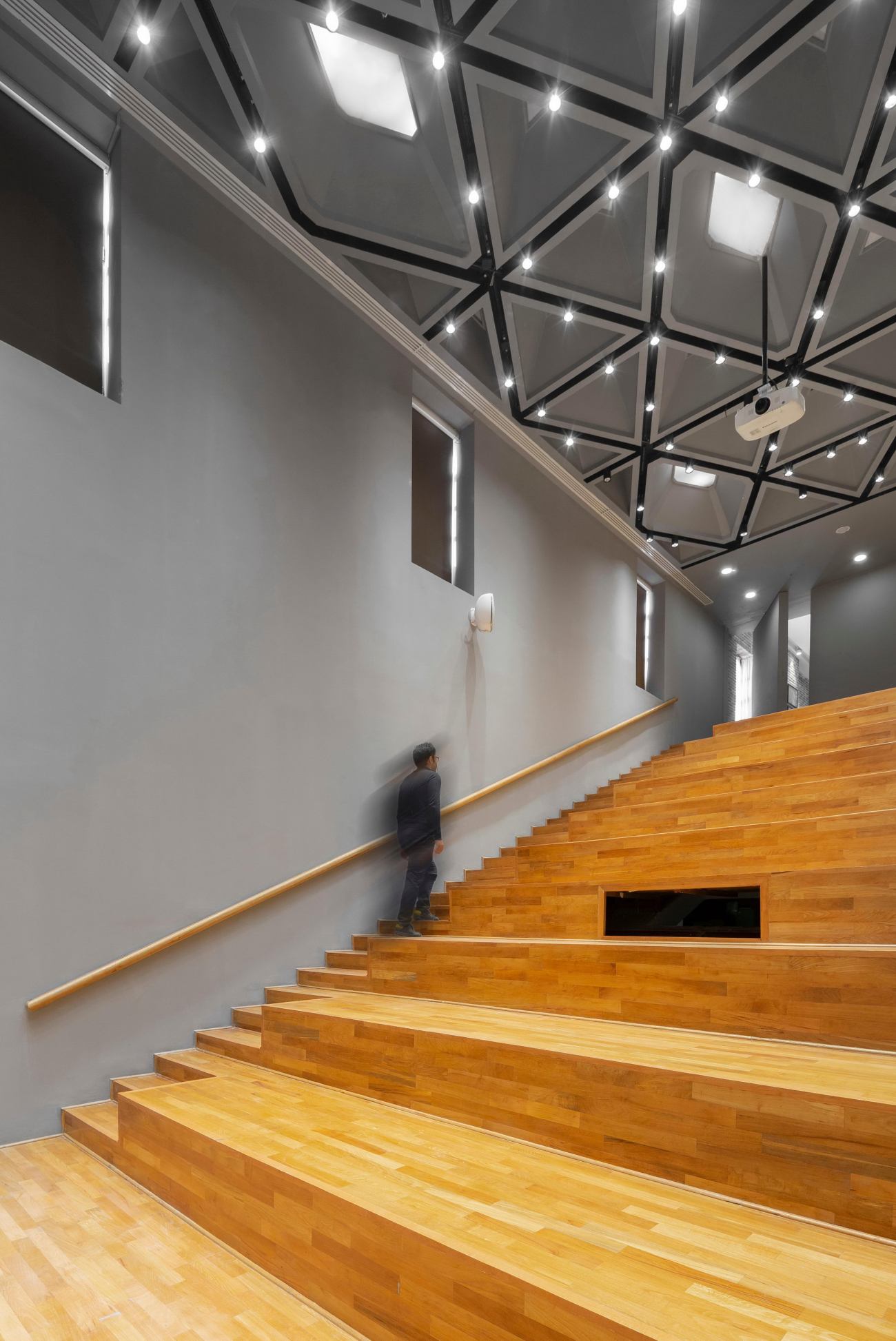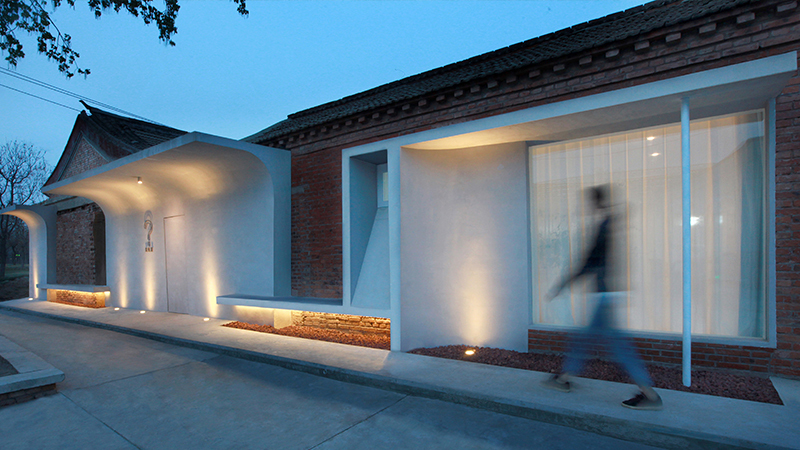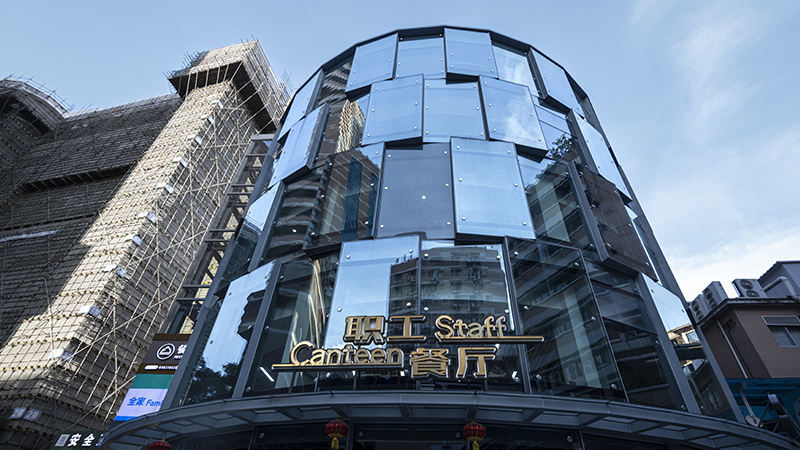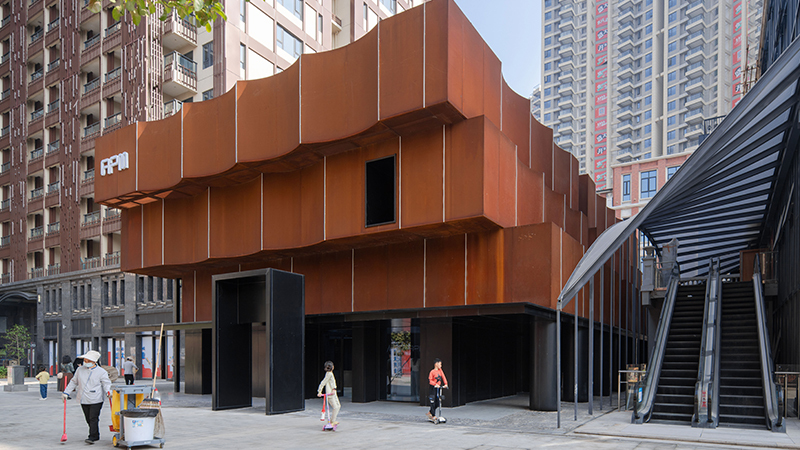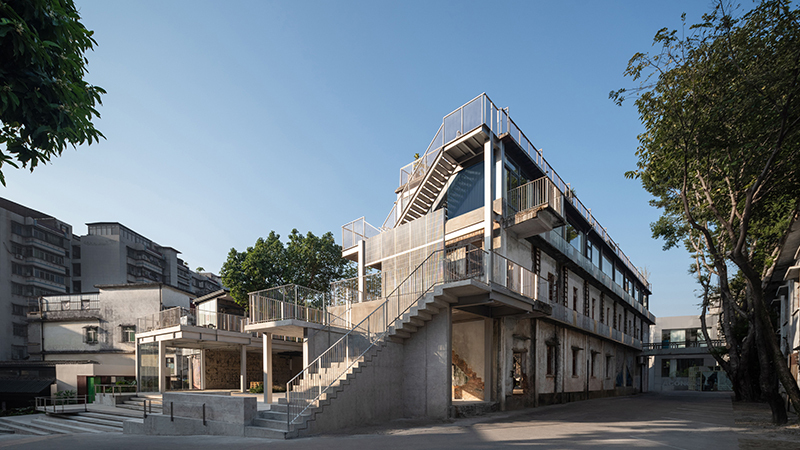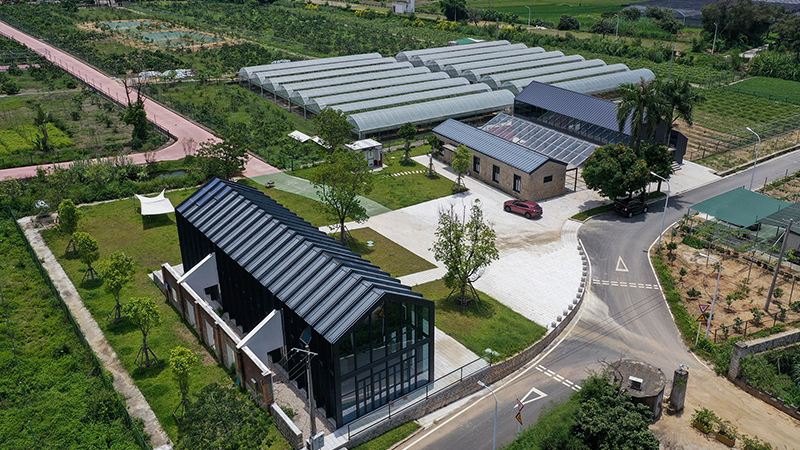| 公司: | Ákaran Architects | 类型: | 建筑 |
|---|---|---|---|
| 地区: | 伊朗 | 标签: | 建筑改造 |
Ettehadieh之家由一系列建筑和庭院组成,这些建筑和庭院在大约150年前就已经生机勃勃。它是古代德黑兰及其居民建筑的重要篇章,也是城市的表现和映射,是建筑时空诗歌的真实案例。
The House of Ettehadieh comprises a series of buildings and courtyards that came to life approximately 150 years ago. It is an architectural/urban manifestation and reflection of a chapter of ancient Tehran and its dwellers; A true example of time-space architectural poetry.
该历史遗址占地9000多平方米,坐落在德黑兰Laleh-Zar大道的中心地带,这座历史遗址讲述了大约105年前从家乡大不里士搬到这里的Ettehadieh家族的故事。在他们搬迁之前的50年里,这处房产属于卡加尔国王的财务主管阿明-苏尔坦(Amin-ol-Sultan),主要用于王室招待宫殿里的外国客人。主宅邸,或称“Emaarat”,曾经是阿明-奥尔-苏丹的主要居所。
Spread over 9,000 square meters, sitting at the heart of Laleh-Zar Avenue in Tehran, the historic site tells the tale of the Ettehadieh family who moved there from their hometown of Tabriz about 105 years ago. For 50 years prior to their move, the property belonged to Amin-ol-Sultan, treasurer of the Shah of Qajar, and was used by the royals to entertain and cater for foreign guests of the palace. The main mansion, or ‘Emaarat’, once served as the main residence of Amin-ol-Sultan.
▽改造过程中
随着家庭的扩大,Ettehadieh之家也开始为新成员建造新的房屋。由于其处于费多西大道和拉莱扎尔大道(古代德黑兰的两条主要道路)之间的战略位置,这片土地也常作为一些政治运动、集会和动荡的历史背景。
As the family expanded, new homes would be built on the site, for new members of the Ettehadieh household. Given its very strategic location between Ferdowsi and Lalehzar Avenues, two main roads of ancient Tehran, the property has also been the historical setting of some political movements, gatherings, and turmoil.
大部分建筑结构来自巴列维时期。根据影像资料表明,该遗址在20世纪40年代的鼎盛时期一直保持着良好的状态。到了20世纪70年代,这座房子成为伊朗系列著名电影《我亲爱的拿破仑叔叔》的取材地点,从那以后,这所住宅通常被称为“拿破仑叔叔的房子”。
Most of the built fabric is from the Pahlavi Period. There is also proof (including aerial photos) indicating that the site, in its peak in the 1940s, had been in great living condition. Later, in the 1970’s, the house became the film set for the famous Iranian series ‘My Dear Uncle Napoleon’, based on a comic novel depicting different clichés of Iranian characters. The house has commonly been referred to as ‘The House of Uncle Napoleon’ ever since.
文化身份和遗产Cultural identity and heritage
住宅独特的身份和经历使其成为需经保护的遗产。2013年,它被德黑兰一天市政府购买并作为保护建筑进行修复,将场地重新重建为公共文化用途,作为恢复Lalehzar旧文化特征的进程的第一步,将这里改造为可以承办活动的社区中心。
For its unique identity, and all that it has been through, the house has gained significance for its heritage. In 2013, it was bought to be restored and conserved as a listed building by the Municipality of Tehran. The brief was to regenerate the site for public cultural use as part of preliminary steps of a gradual process to restore Lalehzar to its old cultural identity, including a community centre that would host a range of events and activities.
这所房子,曾经属于一个家庭,如今属于一座城市,并且已经带回了社区的一些活力。它不仅是德黑兰的历史圣地,而且还将为一系列弱势群体提供服务。
The house, which once belonged to a family, would now belong to a city, and has already brought back some of the vibrancy of the neighbourhood. It not only serves as a nostalgic destination to visit in Tehran, but it will also serve a range of age groups of the less privileged.
从一开始,该遗址就被规划为一张由多层组成的考古画布,随着时间的推移被掩埋,需要被重新发现,设计师决定既恢复旧部分,又设计新的体量。需要清除大量没有历史价值的碎片和积聚物,以使该遗址重新恢复生机。团队决定保留主要遗产特征,如错综复杂的石膏和瓷砖、壁炉,以及地板和天花板,将对它们进行保护和修复工作。
At the very onset, the site became an archaeological canvas comprised of multiple layers, buried over time, which needed to be re-discovered to enable us to make the right decisions for both restoring the old parts and designing the new annexes. Extensive debris and accretions of no historic value needed to be removed to make the site legible. It was decided that the main heritage features, such as intricate plaster and tile work, fireplaces, flooring, and ceilings, would be kept and restored to their original state.
在探索遗址的过程中发现了9座池塘、一些文物、2个柱廊(通过埋藏的砖石和地下地基中的痕迹发现)以及一些有趣的洗浴空间,它们重见天日并被最大程度地复原。Hozkhaneh(已被拆除并成为一个废弃院落)得以重现,场地经由重新叙述和建造。
9 ponds, artifacts, 2 colonnades (which were discovered through buried masonry and traces in the underground foundation), and spaces such as a very intriguing bathhouse (which had been buried) were discovered in the process, all excavated and restored accordingly. The Hozkhaneh (which had been demolished and had become a derelict yard) was realized, re-narrated, and built from scratch.
▽被挖掘出来的古迹,尚未进行修复
遗留下来的影像资料和考古调查的结果,都有助于我们更好地了解这些空间。每个空间都被赋予了新的社会叙事和意义,以便张开双臂接待公众。新增空间包括画廊、咖啡厅和餐厅、阅览室和行政办公室。场地的新增设施是地下圆形剧场和画廊。这些设计被移动到地下,以减少对现有场地的负担。
Historic and aerial photos, as well as the findings of archaeological investigations, all helped with the discovery of these spaces. Each space has been given a new social narrative and brief, suitable for receiving the public with open arms. A new addition to the site is the underground amphitheatre and galleries. These were designed and moved below ground to reduce the imposition of a new burden on the existing site. The first of a series of annexes is what the architects have called 'The Forum'. With a double height, the multipurpose hall, at its lowest level, occupies the basement. Its highest point is the ground floor of an old carriage house. It occupies an area of approximately 110 square meters.
完美无暇且引人入胜的现代空间与场地的旧结构形成鲜明对比,将观众引入一种不可思议的归属感和平静感。内部的简洁构造对于从一个多世纪前的原始场地环境走进来的人来说充满了惊喜。几乎感觉就像穿越时空来到当下。
The sheer contrast of an immaculate and engaging modern space with the old fabric of the site draws the audience to an uncanny sense of belonging and calmness. The very pristine composition of the interior is full of surprises for someone stepping in from a site setting restored to its original attire belonging to over a century ago; it almost feels like traveling through time and being thrown into the present.
这座8,640 平方米的场地交通便利,在 Lalehzar 大道、Ferdowsi 大道和巴巴德胡同设有三个入口。场地共有四个庭院,如今是公共空间的集合,可在需要时用于公共活动。每栋房屋都以其原主人的名字命名,以最大程度地保持这座过去的私人豪宅的原汁原味。
The 8,640sm site is easily accessible, with three entrances on Lalehzar Avenue, on Ferdowsi Avenue, and on Barbad Alley (formerly home to the Barbad Society for Arts, where theatre began in Tehran). With four courtyards intended for public events when needed, the site is now home to a variety of spaces. Each house is named after its original occupier to maintain an essence of the juxtaposition of the idea of how this formerly private mansion will now be home to the community.
Technical sheet
Principal Architect: Moeen Afzalkhani
Restoration & Execution Project manager : Yaser Jafari
Client: Tehran Beautification Organization.
Restoration/Design Team : Saman Kargar, A. Salehi, A. Anoushfar, Z.Azizi, M.Golamnejad, F.Farid, H. Mabaraki, N.Modabber, Z. Shahabi
Consultant : M.Rezaei-zadeh, A.Ghasempour, M.Kazemi, E. Mokhtari, A. Taghizadeh, B. Shafei, R. Feyzi , A. Anooshfar .
Supervisors : PouyaMehr Co.
Site Supervisor : Saman Kargar, R.Ghorashi, Mahsa Ghaffari, A. Aryannejad, M. Mirhabibi
更新日期:2022-09-15 18:11:57
非常感谢 Ákaran Architects 带来的精彩项目, 查阅更多Appreciations towards Ákaran Architects for sharing wonderful work on hhlloo. Click to see more works!
